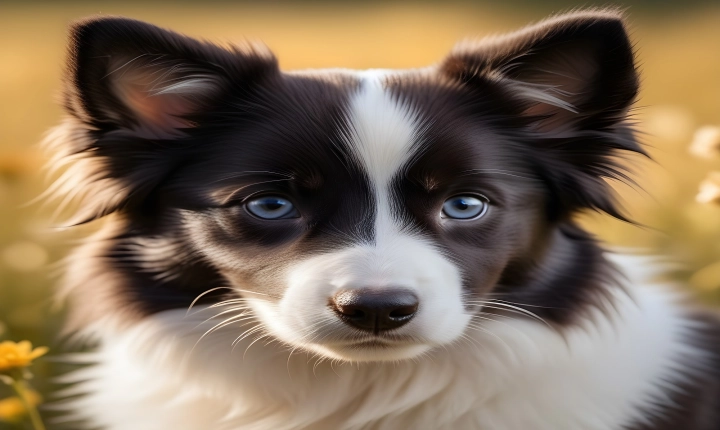Title: How to Generate AI Images from Images: A Step-by-Step Guide
In recent years, the field of artificial intelligence (AI) has made tremendous progress in generating realistic images from existing ones. This breakthrough has significant implications for various industries, including entertainment, design, and marketing. Whether you are a professional looking to enhance your creative work or simply curious about this cutting-edge technology, this article will walk you through the process of generating AI images from existing images.
Step 1: Understanding Generative Adversarial Networks (GANs)
Generative Adversarial Networks (GANs) are a class of AI algorithms that can generate new data, such as images, based on the patterns and features of existing data. GANs consist of two neural networks – a generator and a discriminator – that work in tandem to produce and assess images, leading to the creation of highly realistic and diverse outputs.
Step 2: Selecting a GAN-based AI Image Generation Tool
There are several AI image generation tools available that leverage GANs to produce high-quality images. Some popular options include DeepArt, RunwayML, and DeepDream. Research and select a tool that best fits your specific requirements and expertise level.
Step 3: Preparing Input Images
Before generating AI images, it is essential to choose high-quality input images that capture the desired visual elements. These input images will serve as the foundation upon which the AI algorithm will create new images. Ensure that the selected images are clear, well-composed, and representative of the aesthetic you wish to achieve in the generated images.
Step 4: Training the AI Algorithm
Once you have chosen your AI image generation tool and input images, it is time to train the algorithm. The process typically involves uploading the input images into the tool’s interface and initiating the training process. During training, the GAN algorithm learns from the input images and refines its ability to generate new images that align with the visual characteristics of the original images.
Step 5: Adjusting Parameters and Fine-Tuning
Many AI image generation tools offer parameters and settings that allow users to control various aspects of the generated images, such as style, color palette, and level of abstraction. Experiment with these parameters to fine-tune the output according to your preferences. Additionally, some tools provide options for incorporating specific artistic styles or visual themes into the generated images, further customizing the creative output.
Step 6: Output and Refinement
After training the AI algorithm and adjusting the parameters, the generated images can be reviewed and refined. Evaluate the output images for quality, visual coherence, and adherence to the intended style. If necessary, further adjustments can be made to the parameters or input images to enhance the quality and aesthetic appeal of the generated images.
Step 7: Utilizing Generated AI Images
Once you are satisfied with the generated AI images, they can be leveraged for various purposes, such as digital art, graphic design, advertising, or as part of a creative project. The realistic and diverse nature of AI-generated images makes them valuable assets for visual content creation across different domains.
In conclusion, the ability to generate AI images from existing images offers transformative possibilities for creators and businesses. By understanding and harnessing the power of GAN-based AI image generation tools, individuals can unlock a new realm of creative expression and innovation. As this technology continues to advance, the potential applications and impact of AI-generated images are poised to expand, shaping the future of visual content creation.
